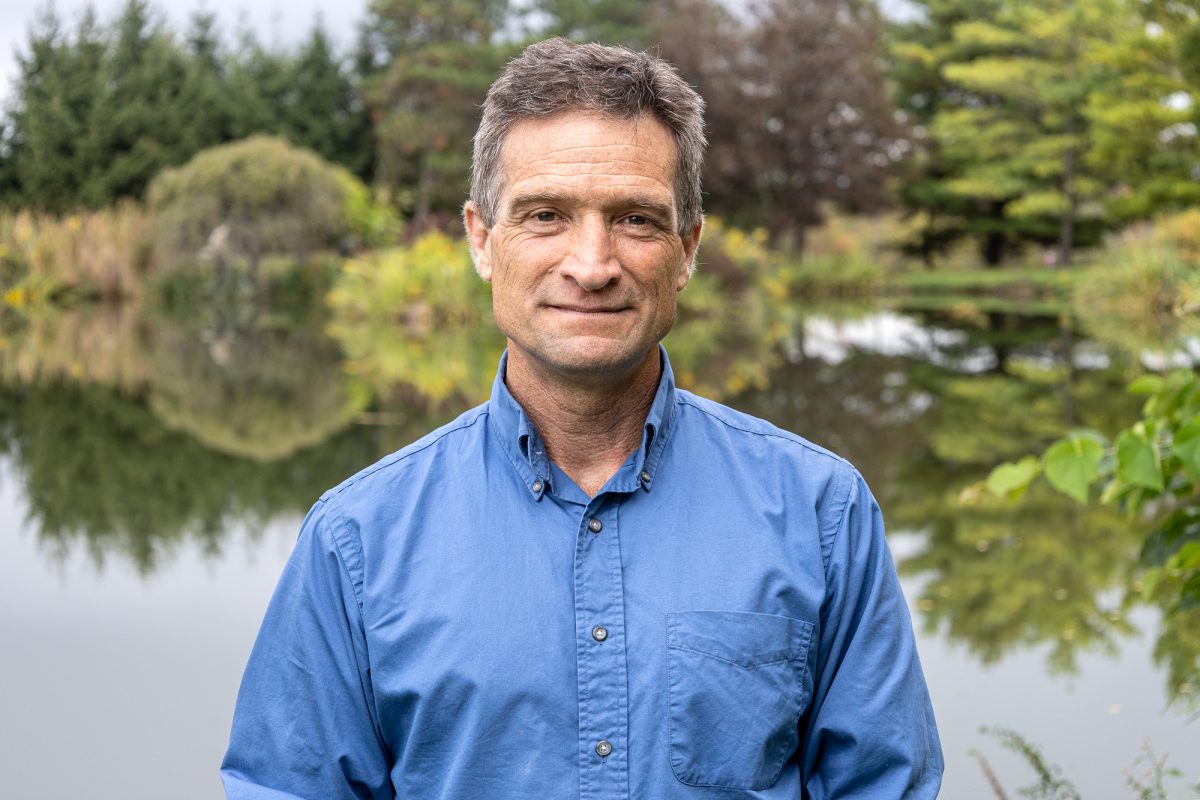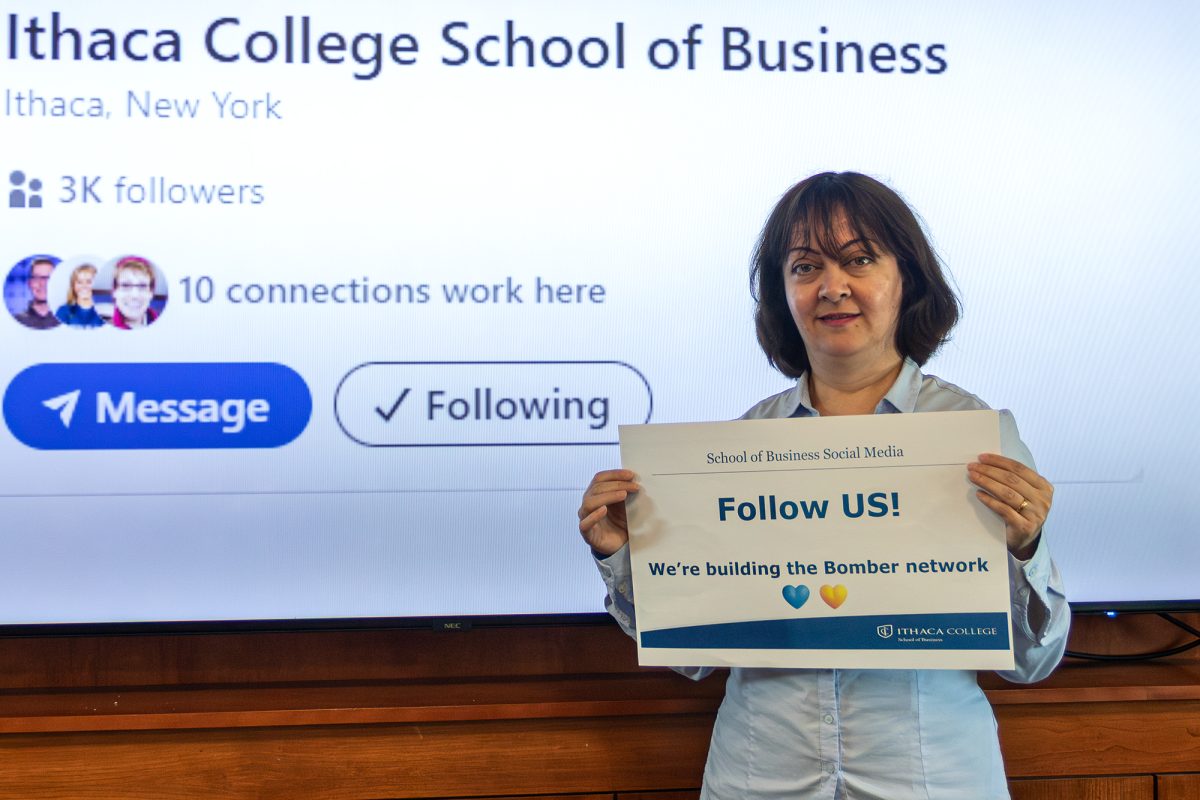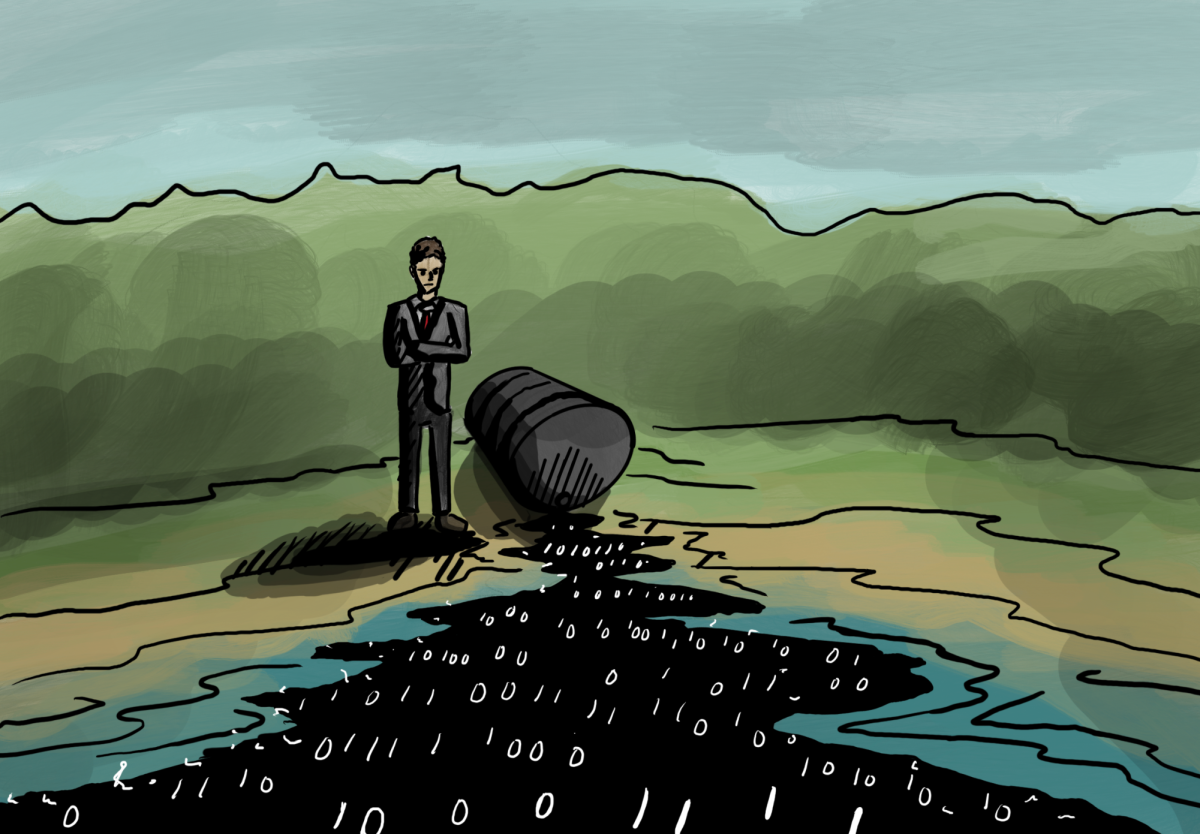As a hard-of-hearing or deaf individual who primarily communicates orally and utilizes assistive listening devices like hearing aids or a cochlear implant, I have found myself at a crossroads of identity. When I was diagnosed with a hearing loss, the decision for amplification — as opposed to using American Sign Language — was rather easy. I had largely intelligible speech, with amplification I had access to a lot of speech sounds, I was doing well in my public elementary school and I had proved myself an adequate lip reader — part of why it took until fourth grade to discover my hearing loss. I was mainstreamed for my entire K-12 education, sitting in hearing classrooms with hearing students and teachers. I had two hearing aids and an FM microphone — a small microphone worn around the neck that transmits and amplifies the wearer’s voice directly to my hearing aids. I still use this microphone: in class, for driving lessons, with my coach.
If you had asked me when I got hearing aids if I was disabled, I would have said no. My school said I was, my doctor said I was, the government said I was — even my parents said I was. But I didn’t want to be disabled. Middle school mentality demanded that I be like everyone else, and “everyone else” didn’t wear hearing aids or have to sit in the front row during assemblies. For six years, I wore my hearing aids from 7:30 a.m. to 2:05 p.m. — exactly the length of my school day. As soon as the bell rang, I would stuff them in my pockets and head home, or to work, or to band practice. I pretended my deafness was something that only occurred while I was in class.
Toward the end of high school, I learned what it meant to be Deaf, to identify as a member of a minority culture with its own language: American Sign Language. I went to Deaf meetups where everyone signed. For the first time in my life, I wasn’t missing out on conversation or jokes. I didn’t feel disabled. I carried this mentality into college with me: It’s not me who was disabled, it was the context that was disabling (the social model of disability).
This is great if you’re actively immersed in the Deaf community and everyone around you uses ASL. Every movie shown in class without subtitles, every discussion course I couldn’t keep up with, every conversation in a noisy dining hall was a sharp reminder that I am disabled. This was a frustrating time. I quickly realized that I couldn’t change my deafness, but I could change my context … sometimes. I’ve had professors who are willing to institute my FM as a “talking stick” in the classroom, so I no longer sit and wait for my discussion classes to end.
While this accommodation has made a huge difference in my education, it’s not a universal fix, and it’s certainly not enough. Not everyone uses the same equipment or communication style that I do, so there’s no universal answer to making a classroom more accessible. Some basics include making sure the deaf person can see you when you’re speaking, repeating or rephrasing when asked, providing material with subtitles or closed captions and giving students who may need accommodations adequate time to request them — don’t announce an extra credit event the day-of.
Ultimately, though, it’s important to stop pretending that the experience of disability is innately a bad thing. I cannot and do not speak for every deaf, Deaf, or disabled person, but ignoring my deafness because it’s too uncomfortable to talk about doesn’t help anyone.
Matt Dankanich is a junior psychology major. Email him at [email protected].















